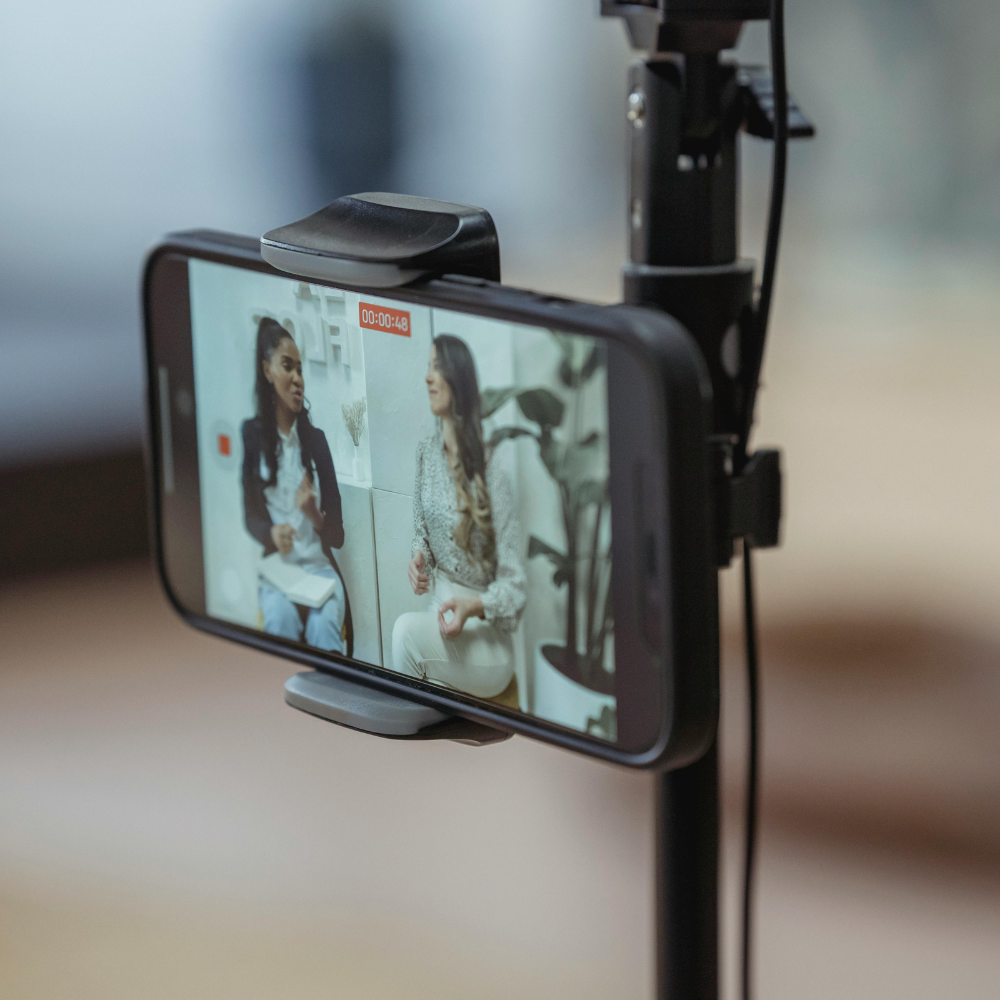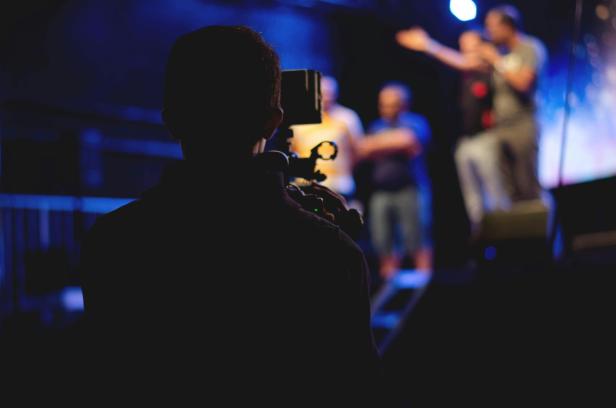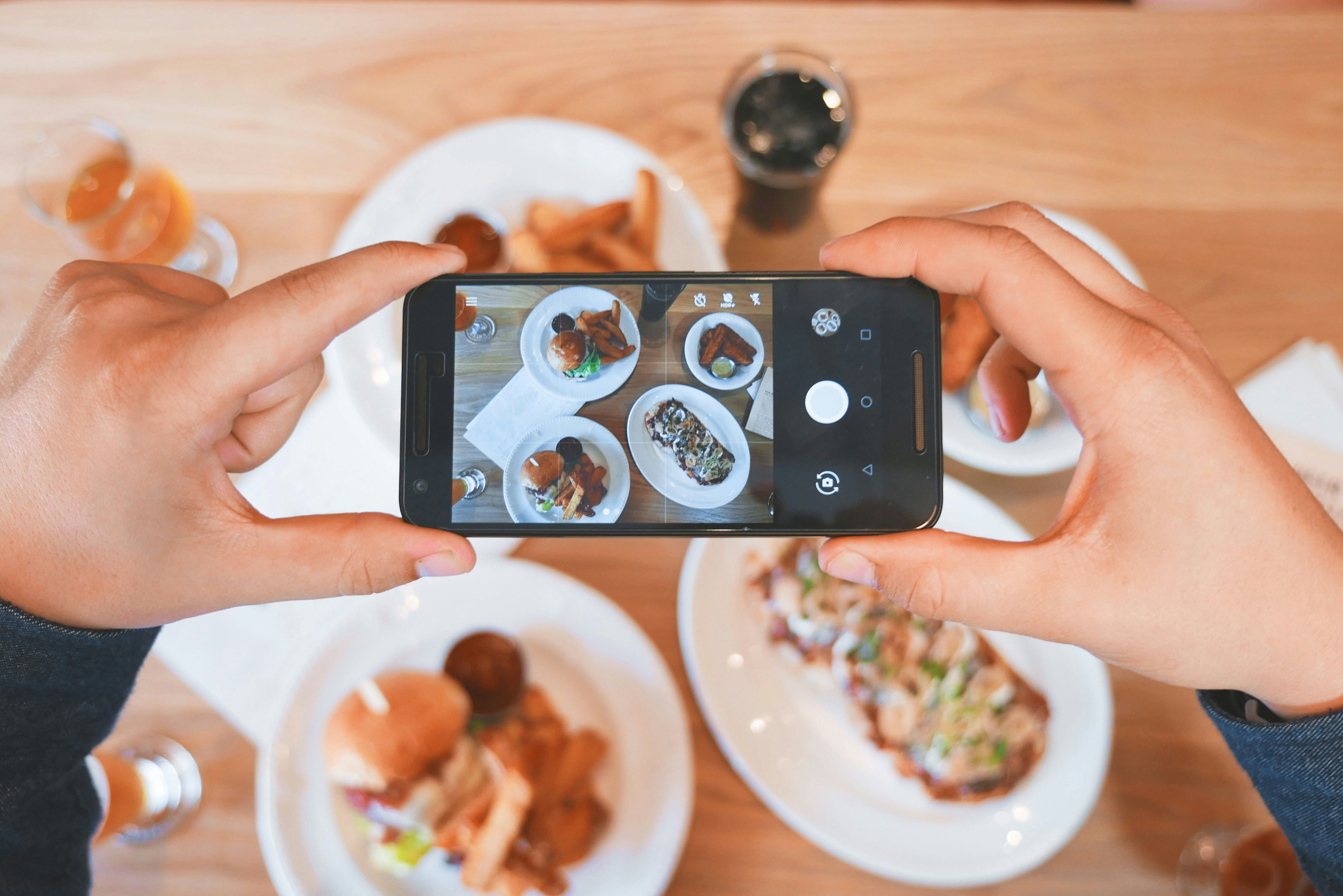The Synergy of Social Media and Filmmaking

By Bora Cecia
Social media rules the world. Over time, users have recognized the power these applications hold to share content with individuals worldwide. Many are equipped with editing, filming, photography, sound recording, and publishing tools vital to filmmaking.

With the ability to reach thousands of people, movie companies and independent artists have shared their work on these platforms to increase engagement, become a viral sensation, and even launch new careers. Recognizing the synergy between media and film is valuable in a world where these two industries are on the rise.
To navigate the similarities and differences between media and film, the Social Media Specialists of Loyola School of Communication were interviewed.
“Social media and independent filmmaking both involve storytelling, creativity, and they have platforms for individuals to share their narratives” said Social Media Specialist and computer science student, Leann Abellanosa.
.jpeg)
Additionally, both involve direct audience engagement, according toSocial Media Specialist and Advertising and Public Relations student Ava Daugherty.
“Both social media and independent filmmaking offer opportunities for direct engagement with audiences. Social media platforms allow content creators to interact with their followers through comments, messages, and live streams, while independent filmmakers often engage with audiences through screenings, Q&A sessions, and social media promotion,” Daugherty said.

There are some clear differences between social media and independent filmmaking from outreach scale, production, formatting, and revenue models.
“Revenue models differ between social media and independent filmmaking,” Daugherty. said Social media influencers often monetize their content through brand partnerships, sponsored posts, and advertising revenue-sharing programs offered by platforms. Independent filmmakers may rely on film festival screenings, distribution deals, crowdfunding, or self-distribution to generate income.”

Furthermore, the consumption patterns for social media content and traditional films show marked differences. The brief attention spans shaped by social media use have led to a preference for consuming content on these platforms. This trend extends even to traditional films, as many cinematic pieces can be found and viewed on social media mediums.
“They’re different in a sense that social media features short and easily consumable content, while filmmaking produces longer and cinematic narratives,” Abellanosa said.
However, a big question arises when analyzing the relationship between social media and independent filmmaking. Are content creators the filmmakers of this generation?
“Content creators and social media influencers can be considered a form of independent filmmakers. Despite the traditional image of a filmmaker often invoked in producing feature length films for theaters and film festivals, due to the significant influence in digital platforms, filmmaking has evolved,” Abellanosa said.

“Regarding whether content creators or social media influencers can be considered independent ‘filmmakers’ depends on the content they create and their approach to storytelling, Daugherty said. “While both groups engage in creative expression and storytelling, the distinction lies in the medium, format, and objectives of their work. Some content creators may transition into independent filmmaking by producing longer-form content or pursuing traditional filmmaking avenues, while others may continue to primarily create content for social media platforms.”
